Treatment
R3 STEM CELL
Stem Cell Treatment for Autism with R3
Autism Spectrum Disorder (ASD) encompasses several related conditions, including Autism, Asperger’s Syndrome, Childhood Disintegrative Disorder, and unspecified Pervasive Developmental Disorders. In the past several years, they have all been combined into ASD for simplicity, however, it has significantly broadened the actual presentations from one child to another!
Individuals with ASD exhibit diverse symptoms, varying levels of severity, and different degrees of functional impairment (Geschwind, 2009). Although the precise cause of ASD remains unknown, research suggests that developmental disruptions during embryonic stages may contribute to the condition (Courchesne et al., 2019).
You would think by now doctors would know exactly what causes ASD. But it’s been hard to nail down exactly. Current thinking is that significant neuro-inflammation in the brain contributes, which would explain why regenerative biologics have been so useful.
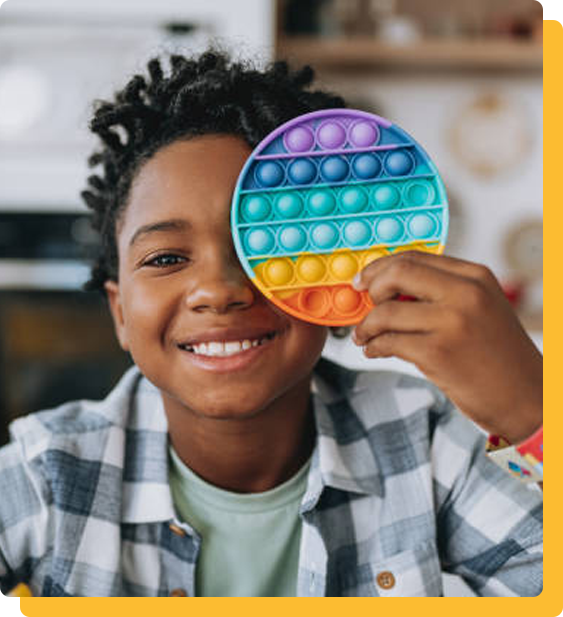

Key Symptoms and Prevalence
ASD symptoms can be broadly categorized into two groups: difficulties with social interaction and repetitive behaviors or unusual interests, sometimes accompanied by aggression. Signs of autism may become evident as early as 18 months of age. The World Health Organization estimates that ASD affects about one in 100 children worldwide.
It is important to understand that no two children with ASD are exactly the same. Therefore, in reality, no two children with ASD should be treated exactly the same. R3 understands this, and provides customized regimens dedicated to each child’s specific needs.
Traditional Treatment Options
Conventional treatments for autism include speech therapy, social interaction training, applied behavioral analysis, and the use of psychotropic medications (Thibaut, 2017). While early intervention often improves outcomes, there are currently no medications approved specifically for core ASD symptoms. Medications are typically prescribed off-label to manage associated symptoms like irritability or hyperactivity.
Alternative treatments such as hyperbaric oxygen therapy (Oberman, Rotenberg, & Pascual-Leone, 2015), music therapy, cognitive behavioral therapy, and accelerated learning techniques have also been explored (Sharma, Gonda, & Tarazi, 2018).
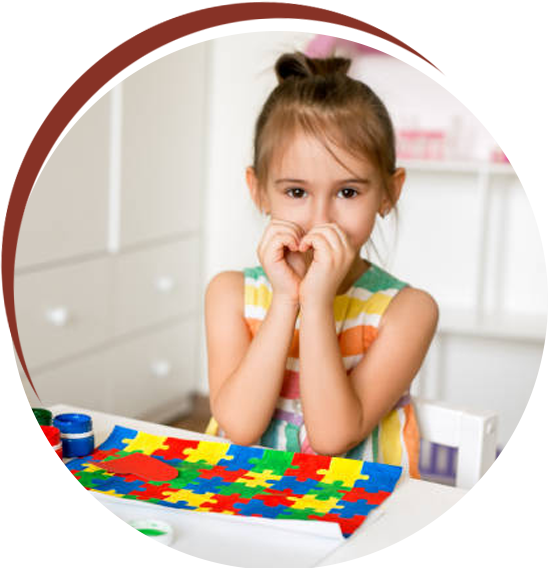
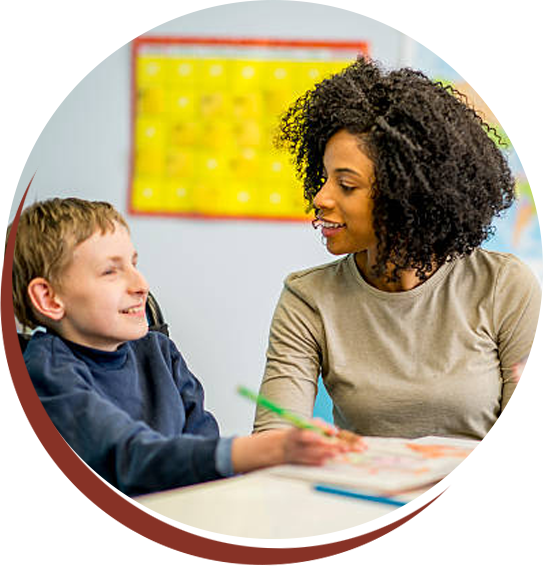
The Role of Stem Cell Therapy
Given the limitations of current treatments, there has been growing interest in stem cell therapy as a potential alternative. This approach may provide more comprehensive symptom management by addressing inflammation and supporting neural communication.
We know that traditional treatments typically run into a “brick wall” of improvements after a year or two. This is very frustrating for families, who want their children to have fruitful educational experiences, interpersonal skills, physical growth and growing independence.
If a new treatment including stem cells can offer a movement in that direction, it should be included as an option for children with ASD. That is why it’s become so popular, due to its effectiveness and safety!
Types of Stem Cell Procedures
These are NOT offered at R3
These procedures involve extracting tissue from the patient, typically bone marrow or adipose tissue, which is processed and reintroduced into the body. Research studies, including those by Sharma et al., have shown promising outcomes using bone marrow mononuclear cells delivered into the spinal cord (Shamim et al., 2023). Reported benefits after six months included improved concentration, stable sleep patterns, better eye contact, enhanced social interaction, and improved memory, with only minor adverse effects such as temporary nausea.
There have also been clinical trials using autologous umbilical cord blood (UCB). A notable 2018 study by Sutter Pediatric Neurology involved 30 children aged 2 to 7 years. The trial found that UCB therapy was safe and showed positive trends in social interaction, although the statistical significance of these improvements was limited.
Duke University conducted several studies, including a phase I trial with 25 children and a phase II study with 180 participants. The trials found UCB therapy to be safe and indicated general symptom improvements, particularly in communication skills.
Why doesn’t R3 use autologous procedures? Quite simply, the results with donor stem cells have been at least as effective and safe. In addition, they do not require a tissue harvest (and pain) from the child.
R3 Offers These
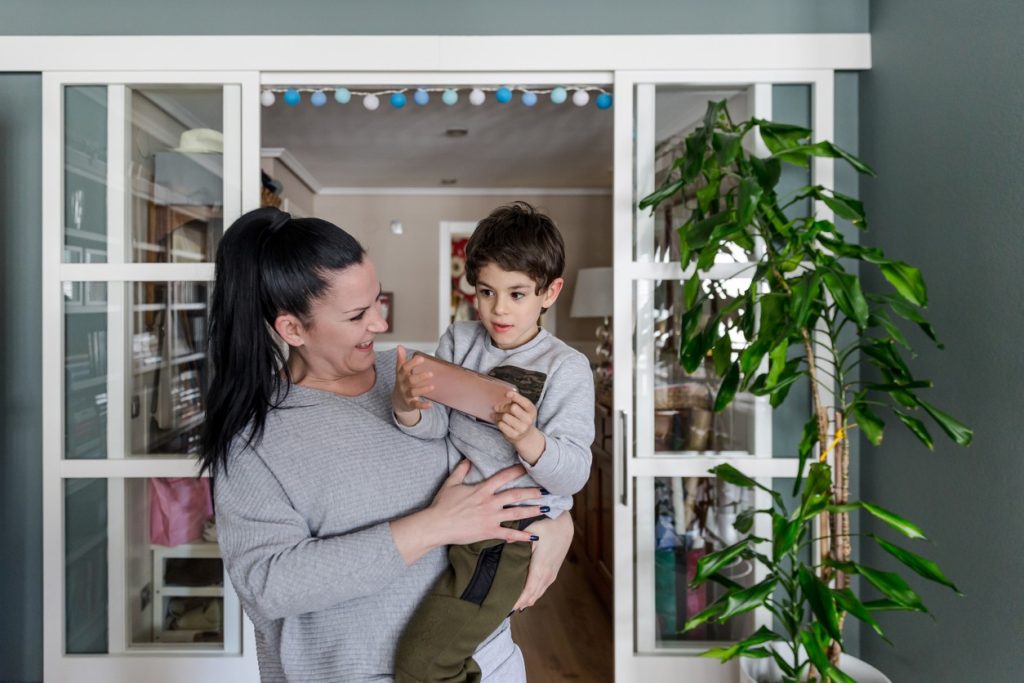 R3 Stem Cell offers autism treatment with umbilical cord stem cells through customized regimens. Children are treated internationally starting at the age of two and up to late adolescence.
R3 Stem Cell offers autism treatment with umbilical cord stem cells through customized regimens. Children are treated internationally starting at the age of two and up to late adolescence.
Depending on the weight of the child and the severity of symptoms, anywhere from 60 million to 200 million umbilical cord stem cells are utilized. The ways that the cells are applied may consist of intravenous, intrathecal and/or intranasal. All have shown benefits, and R3 incorporates its “best practice” protocols learned from over a decade of providing regenerative therapies.
R3 is one of the few international stem cell clinics to simultaneously provide umbilical cord derived exosomes with the cells. Why does it do that? Amazingly, exosomes boost the outcomes when used in conjunction with mesenchymal stem cells.
According to R3 CEO David Greene, MD, PhD, MBA, “We’ve known for years that combining exosomes and stem cells have an additive effect for our patients, and children with autism are no different. Our clinics do this very cost effectively, and the children benefit tremendously from the treatment!”
Some studies have explored the use of donor-derived cells. Researchers in China conducted a trial with 37 autistic children, administering both cord blood and mesenchymal stem cells. Significant improvements were observed in social interactions, eye contact, emotional regulation, and speech patterns, with no serious adverse events.
Another study in China from 2023 (Cha et al) evaluated donor cord blood applied intravenously to children ages 2 to 11. Functional improvements in mental and motor developments along with daily living activities and languages were observed at 12 months postintervention compared with the baseline abilities. Furthermore, mental developmental revealed significantly facilitated improvement.
A Russian study from 2021 (Smirnov et al) also evaluated donor cord blood (UCBC) applied IV as well. The total dose was 250 million cells applied over four settings two weeks apart. Observation revealed improvement in cognitive functioning and alleviation of autistic symptoms in patients of the test group six months after the first UCBC injection.
Although a study by Riordan et al. in 2019 was retracted, it demonstrated temporary improvements in social and communication skills following mesenchymal stem cell treatments.
R3 Stem Cell’s global Centers of Excellence incorporate exosomes derived from umbilical cord stem cells to enhance outcomes. These acellular vesicles contain growth factors, cytokines, and proteins essential for cell communication and inflammation reduction.
Their small size allows them to cross the blood-brain barrier, making them highly effective in treating central nervous system conditions (Alessio et al., 2020). In fact, they are nano-sized and 100 times smaller than stem cells. Not only do they optimally reduce neuro-inflammation, they also promote new neural networking.
This is why when parents ask “Should I continue the speech and behavioral therapy after the treatment?” the answer is YES! It’s a great time to facilitate those new neural networks.
TRANSFORM YOUR CHILD'S LIFE WITH R3 STEM CELL THERAPY FOR AUTISM
R3 Stem Cell’s Approach
R3 Stem Cell operates over 45 Centers of Excellence in six countries, with autism being a primary focus.
Key elements of our approach include:

Safety
R3 Stem Cell follows rigorous protocols to ensure patient safety. Adverse events are rare and typically mild, such as low-grade fever, nausea, or dizziness. All biologics undergo thorough testing for contaminants and communicable diseases.

Effectiveness
R3 Stem Cell boasts a high success rate, with over 85% of families reporting noticeable improvements in their child’s behavior and communication skills. These results often align with findings from academic studies.

Affordability
Recognizing that autism treatment requires ongoing care, R3 offers cost-effective solutions. Their fees are less than half of what clinics in Colombia, China, and Panama charge, making repeat treatments more accessible for families.
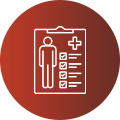
Treatment Protocols
R3 Stem Cell’s protocols involve expert application of stem cells, often using intrathecal delivery under conscious sedation. This allows for safe and effective administration directly into the central nervous system. Treatments typically include multivitamin infusions alongside stem cells to optimize results.

CONCLUSION
R3 STEM CELL
SUCCESS STORIES

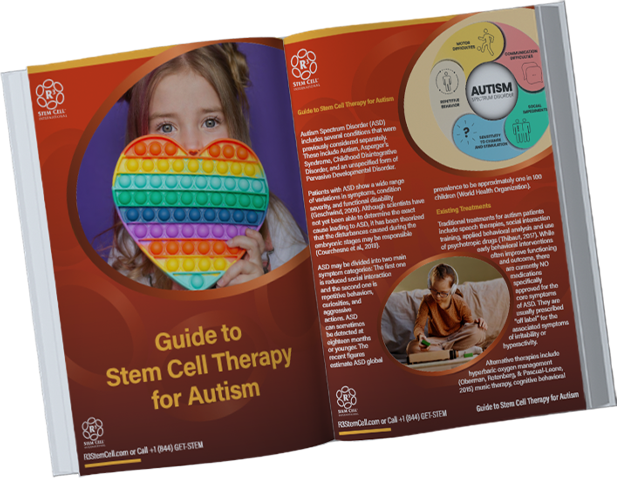
Download Our Free Guide to Stem Cell Therapy for Autism!
R3 Stem Cell offers top regenerative therapy options for Autism Spectrum Disorder
